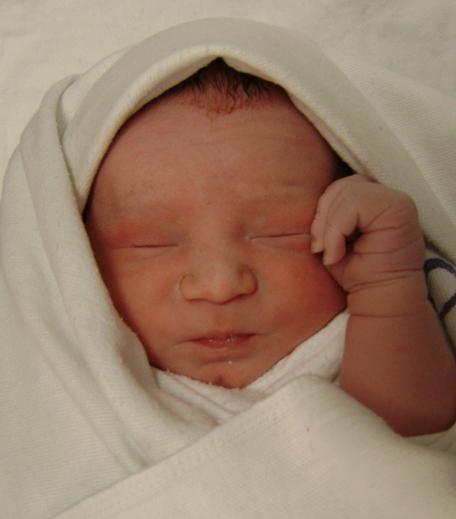To make life easier for you we have changed the way we deal with firmware signatures on Meridian/Tahoe. All 3.0 releases (including beta releases) will NOT be signed. Keep reading for an explanation, but first lets look at how you prepare a Tahoe board with existing firmware for updating.
1. Download MeridianFirmwareKeys.zip and unzip this file
2. Start MFDeploy (provided as part of the tools with the Microsoft SDK) and connect to your Tahoe board using USB
3. Select Target->Manage Device Keys->Update Device Keys from the main menu
4. Select Firmware Key from the Public Key Index list
5. Enter the path for the MeridianFirmware.key file as the Old Key
6. Enter the path for the Empty.key file as the New Key
7. Click OK. The Tahoe will reboot. Close MFDeploy and run the update application.
If you need to put an old version of firmware back onto the board, you use the same procedure as above, but set MeridianFirmware.key as the new key. (When you do this, you don’t need to specify an old key)
And now for the reason why we are doing this… It turns out that signatures in the .NET Micro Framework don’t work quite as you would expect!
There are two signatures that you can set in a Micro Framework device:
1. Firmware signature
2. Application signature
With a firmware signature in place, you cannot update any of the firmware files unless they are signed by a matching key. Previous releases were signed with a the MeridianFirmware key.
Application signatures work in a similar way, and protect application code. HOwever this is a catch… Because Visual Studio does not support signatures during application download/debug, the type of build we do for Tahoe does not actually check an application signature that you put into your board. You need to get an RTM build from us in order to enable this protection.
Having to change between the development build and RTM build becomes a problem when you don’t have control over the signatures, which is why we have decided to remove them from the firmware we release. It will be up to you to set both the firmware and application signatures. We hope this will give you the best of both worlds – flexibility during development and security once your product has been released!


